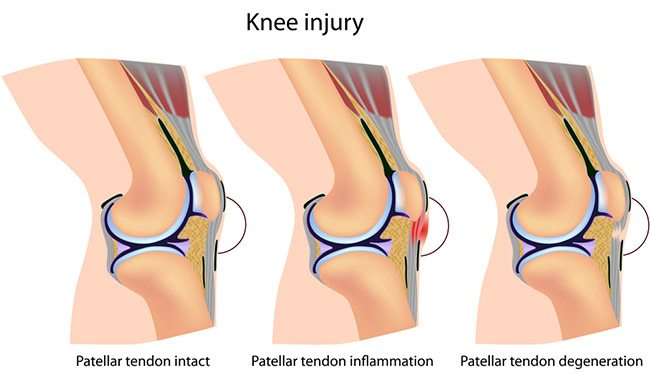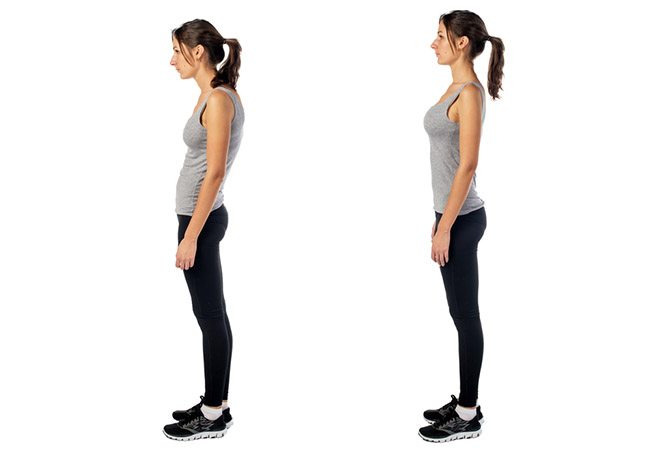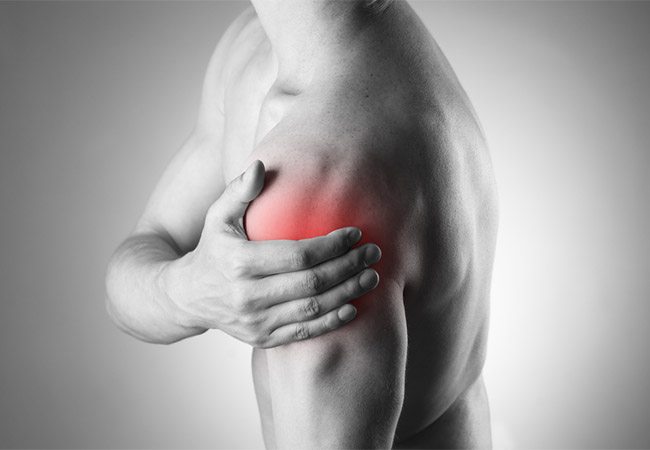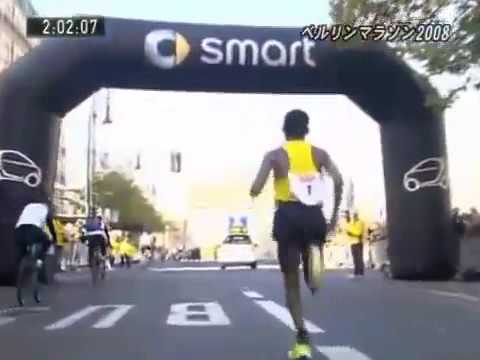Questions for the running physio: “I have flat (pronated) feet hence, I need supportive shoes to reduce my risk of injury”
by Dan Davis, Running Physiotherapist, Exercise Scientist, Elite Triathlete, Marathon Runner, Track Runner. Star Physio
Pronation (or feet that ‘roll in’) has somewhat traditionally been attributed to injury risk, hence the popularity within the running shoe world of ‘supp ortive’ categories of footwear that boast features such as a ‘stiffer mid-foot bridge’ and ‘medial posting’. However, is an absence of strong literature (i.e. good scientific studies) to support this thought process. In fact, one well designed prospective study found that injury risk was actually lower in subjects with a fair amount of apparent pronation (7-10O to be precise). Whilst this study alone is not conclusive to therefore assume more ‘pronated’ or ‘flatter’ feet have a lower injury risk, it adds strength to the argument that perhaps prescribing footwear that seems to ‘correct’ or reduce the movement of pronation may not be as valid as we think.
ortive’ categories of footwear that boast features such as a ‘stiffer mid-foot bridge’ and ‘medial posting’. However, is an absence of strong literature (i.e. good scientific studies) to support this thought process. In fact, one well designed prospective study found that injury risk was actually lower in subjects with a fair amount of apparent pronation (7-10O to be precise). Whilst this study alone is not conclusive to therefore assume more ‘pronated’ or ‘flatter’ feet have a lower injury risk, it adds strength to the argument that perhaps prescribing footwear that seems to ‘correct’ or reduce the movement of pronation may not be as valid as we think.
Did you know that World Marathon Record Holder Haile Gebrselassie is a classic overpronator? Check out these pics and see if you think “overpronation is a problem for him! 
However, when taking into account these ‘discrepancies’ in the literature and indeed before jumping to any potentially irrational conclusions, it’s important to consider the context in which a shoe is being prescribed. For example, there is good evidence to show that some types of supportive footwear can alter loading patterns in the feet, something which is particularly useful in the presence of certain pathologies or in the context of injury management.
As expert running physiotherapists in Western Australia, our aim is to be across the latest literature and evidence and to wade through the vast amount of advertising and social media rubbish, so that we can help you make smart choices with your pain and injuries, training and choice of running shoes.
In summary, in answer to this question, a ‘supportive’ shoe may not necessarily be the ‘best’ shoe in every context to reduce the risk of injury. If you’re currently managing an injury or looking to take the next (or first!) step in your running ventures book in to see either myself or one of our other expert team members at Star Physio in West Perth, Mosman Park or our CBD Office to help get you moving in the right direction.

4 Reasons To Take Up Cycling
People all over the world love cycling! It is a good form of regular exercise as well as an alternative option for the daily commute. Cycling has many physical and mental health benefits for individuals, as well as being better for the environment, easy to do...

Jumper’s Knee – What Is It and How Can I Fix It?
The team at Star Physio has seen a lot of clients with jumper's knee over the years. We shed some light on this overuse injury, common among volleyball and basketball players. What is Jumper’s Knee? Patellar tendinopathy, commonly known as jumper’s knee, is an overuse...

Good Habits for Eliminating Chronic Back Pain
At some point or another, almost everyone experiences acute back pain in their lifetime. It’s not a pleasant experience, but the good news is that in most instances, back pain can be relieved quickly with the help of a physiotherapist who can also help you prevent...

9 Common Causes of Shoulder Pain
Shoulder pain can stem from a variety of sources. Some of the most common include: 1. Overuse “Overuse injury” is an umbrella term for many conditions that stem from prolonged or suddenly-increased repetitive exercises. For example, prolonged mouse use could lead to...

